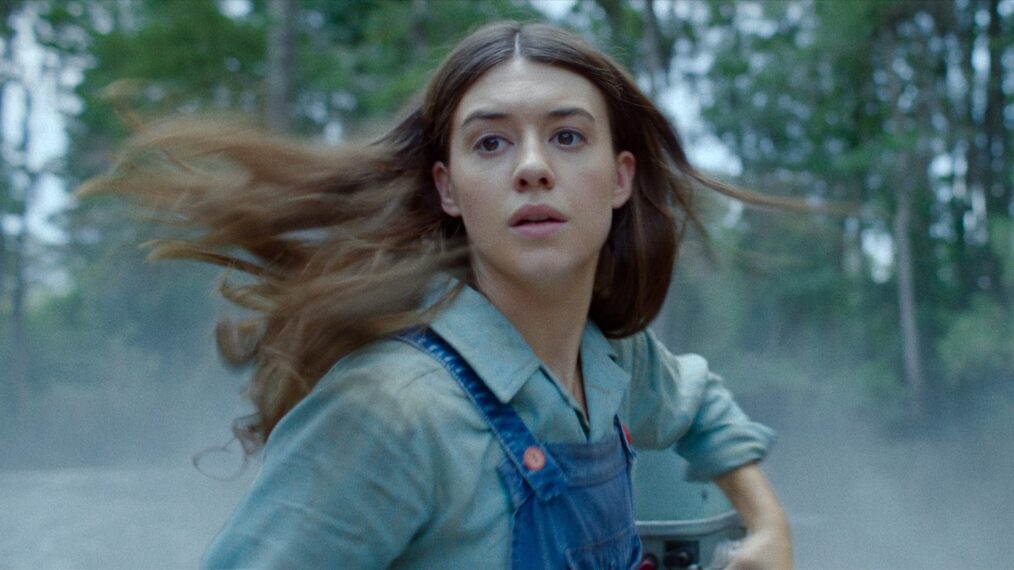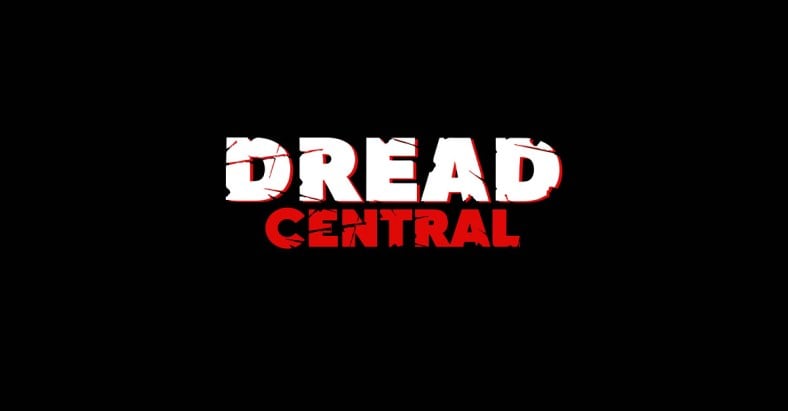Collaborators is a celebration of some of the best pairings in entertainment. From directors and actors that worked together to create classics to game studios that found success with a specific publisher, these collaborations are beloved thanks to both sides bringing out the best in each other.
With Tom Hanks and Robert Zemeckis reuniting for Disney’s upcoming live-action remake of the classic Pinocchio, we thought it’d be fun to look back on the pair’s previous collaborations — namely, the Academy Award-winning Forrest Gump, Cast Away, and The Polar Express. Each of these films proved successful at the box office (and with critics, more or less), and are essentially must-haves in anyone’s home video collection. The only negative here is that Hanks and Zemeckis haven’t paired up more often, because the results thus far have been magical.
Forrest Gump (1994)
In 1994, Tom Hanks and Robert Zemeckis’ careers were still on the upswing. Hanks was kicking off an impeccable decade of box office hits (following a series of late 80s bombs) that began with 1992’s A League of Their Own and continued into the early 2000s (outside of Philadelphia and That Thing You Do!, every one of the actor’s films broke the $100 million mark at the domestic box office until The Ladykillers and The Terminal snapped the streak in 2004). The actor had just won an Oscar for his incredible turn in Philadelphia, but one could argue he hadn’t yet made the leap to A-list status.
Zemeckis had his fair share of hits with the Back to the Future trilogy, Romancing the Stone, and Who Framed Roger Rabbit?, but also recently stumbled with Death Become Her, which earned just $58M at the domestic box office despite boasting the likes of Meryl Streep, Bruce Willis, Goldie Hawn, and some truly awesome special effects. Even Back to the Future III was something of a misfire, having grossed just $88 million in the US compared to the original’s $212 million domestic total.
In other words, both creative artists were in search of a big hit and Forrest Gump happened to land in their laps at just the right moment.
RELATED: Collaborators: David Cronenberg and Viggo Mortensen Films
For those unaware, Gump tells the story of simple-minded Forrest Gump and the astonishing life journey that takes him through some of the most significant events in US history — Vietnam, Watergate, face-to-face with a number of US presidents, etc. Along the way, he discovers the love of his life, Jenny (Robin Wright) and meets interesting characters such as Bubba (Mykelti Williamson) and Lieutenant Dan (Gary Sinise), all of whom influence his life and are in turn influenced by his innocuous persona.
As is typical for him, Zemeckis utilizes astonishing special effects to tell his tale and gets superb help from composer Alan Silvestri and an amazing soundtrack featuring some of the greatest rock hits of all time. Gump went on to extraordinary heights when it was released in July of 1994. During its theatrical run, the film amassed $330M in the US alone (or $740M when adjusted for inflation, on par with Spider-Man: No Way Home — yeah, it was huge) and $678.2M worldwide. The pic then took home six Academy Awards, including Best Picture, Best Director, Best Actor, Best Adapted Screenplay, Best Visual Effects, and Best Film Editing. Hanks became just the second actor to win back-to-back Oscars, while Zemeckis cemented his legacy as one of our greatest living directors.
In the years since its release, many have cooled on Forrest Gump and its awesome success. Some see The Shawshank Redemption and Pulp Fiction — both of which were released the same year — as superior efforts more deserving of the accolades bestowed upon Zemeckis’ film. And while the years have been kind to Shawshank and Pulp Fiction, to disregard Gump as anything less than a triumphant achievement in motion picture filmmaking is foolhardy. It’s a truly `unique motion picture that manages to deliver a rare kind of cinematic magic few films can match.
If anything, Gump deserves kudos for launching the talented Hanks’ career into the stratosphere; and for giving Zemeckis the kind of creative freedom that would allow him to tackle Contact, Cast Away, What Lies Beneath, and Flight during the latter half of his career.
Cast Away (2000)
Speaking of which, as much as I love Forrest Gump, I think Cast Away is the superior Hanks/Zemeckis effort. Yet, for whatever reason, this 2000 gem is largely overlooked, even forgotten, despite high production values (including one of the most intense plane crashes ever captured on film), a mesmerizing performance from Hanks (who somehow lost the Oscar to Russell Crowe), and a deeply profound story about one man’s quest to find meaning and purpose in his life.
Cast Away is a quiet, somber film that spends as much time reflecting on the intricacies of love as it does on Chuck Noland’s attempts to create fire. And while there are certain parts that drag, particularly in the latter stages after the film unexpectedly leaps four years into the future, much of Cast Away is powerful, if not Biblical in its depiction of survival, endurance, and the unyielding resolve of the human spirit.
Audiences agreed and flocked to watch Hanks act opposite a volleyball to the tune of $430 million worldwide. Critics balked at the sentimental ending, but honestly, I’ve always felt that Chuck’s return to the mainland offers some of the most satisfying moments of the entire film. The realities of life don’t quite mesh with his fantasies, but he still finds a reason to continue the journey. Good stuff.
As a side, one of the more interesting aspects of Cast Away is the still astonishing special effects used to create Chuck’s extraordinary adventure. Watch any behind-the-scenes footage and you’ll marvel at some of Zemeckis’ clever use of CGI, much of it hidden in plain sight. Basically, Cast Away could have been shot in a living room, but the combination of real locations and carefully coordinated FX makes the experience all the more cinematic.
The Polar Express (2004)
Hanks and Zemeckis’ third team-up may not have resulted in the classic many expected, but The Polar Express still offers enough warm-hearted Christmas spirit to make it a must watch during the holiday season. Surprisingly, the animated adventure fell flat at the box office early on but eventually legged out to an impressive $312 million global haul thanks to strong word of mouth.
The problem with the picture is the creepy animation that unfortunately posits all of the characters in the uncanny valley — a problem that would put a swift end to Zemeckis’ foray into animation, ala the disappointing Beowulf and A Christmas Carol. Action scenes are effective, and the scenery is gorgeous, but the technology at the time wasn’t capable of rendering believable human faces. As such, some of the imagery pops, while other bits are just plain difficult to watch.
On top of that, there’s far too much Hanks. The great actor has a number of roles in the film (including motion capture for the main Hero Boy) but doesn’t do enough to separate one character from the other, leading to something akin to Hanks overkill. He’s at his best as the wily train conductor, but by the time he pops up as Santa Clause, you’ll wish Zemeckis and company had opted for more variety in the casting department.
Still, on a positive note, Alan Silvestri’s score is once again a delight, and, as stated, some of the action is quite breathtaking. The overarching message at the core is enough to warm the hearts of all but the most cynical, even if the distracting animation undercuts the emotional beats. One can only hope that Zemeckis will one day go back and remaster The Polar Express and deliver the Christmas miracle we all expected way back in 2004.



























